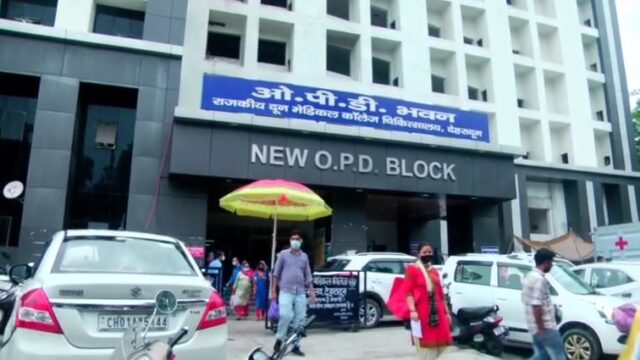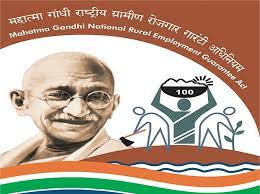Do this if cardiac arrest occurs, the patient’s life can be saved within a few minutes

Often people consider heart attack and cardiac arrest to be the same. But according to doctors, there is a lot of difference between both the terms. Heart attack and cardiac arrest are two different things.
The cases of cardiac arrest seem to be increasing rapidly across the country. What is surprising is that despite the increase in cases of cardiac arrest, people are not aware about it. It can be treated within five minutes.
This is the difference between Cardiac Arrest and Heart Attack
In case of cardiac arrest, by the time the patient is taken to the hospital, he dies. In such a situation, it is important to know how you can save a person’s life in a few minutes in case of sudden cardiac arrest. But before that, let us know what is the difference between heart attack and cardiac arrest.
A person gets a heart attack when there is a blockage in the coronary arteries. In this case blood is not able to reach the heart muscles. The heart requires oxygenated blood to function.
Heart attack occurs due to blockage in the coronary arteries. In such a situation, a heart attack patient can be saved by opening the coronary arteries. For which the time taken is 45 minutes. So in cardiac arrest, the patient’s heart suddenly stops beating. Due to which the patient has only five minutes to survive.
Cardiac Arrest Symptoms
▪️Fainting suddenly
▪️Person not regaining consciousness for 20-30 seconds
▪️Heart beat increases to 300-400
rapid drop in blood pressure
▪️Irregularity in heart functioning
What to do in case of cardiac arrest?
If any person suffers cardiac arrest, first call an ambulance. The first 5 minutes after cardiac arrest are most important. After which start giving CPR to the person immediately. CPR can save a person’s life.
How to give CPR?
To give CPR, first give rapid pressure on the person’s chest 30 times. Tie both hands together and hit the person’s chest with force and continuous pressure.
While hitting the middle of the chest with force, ensure that the chest goes inwards by about an inch. Compressing the chest forcefully about 100 times in a minute. Make sure to allow the chest to rise completely between compressions. Keep giving CPR until the person reaches the hospital.
Disclaimer: Take the methods and claims mentioned in this article as suggestions. Be sure to consult your doctor before doing any treatment.







